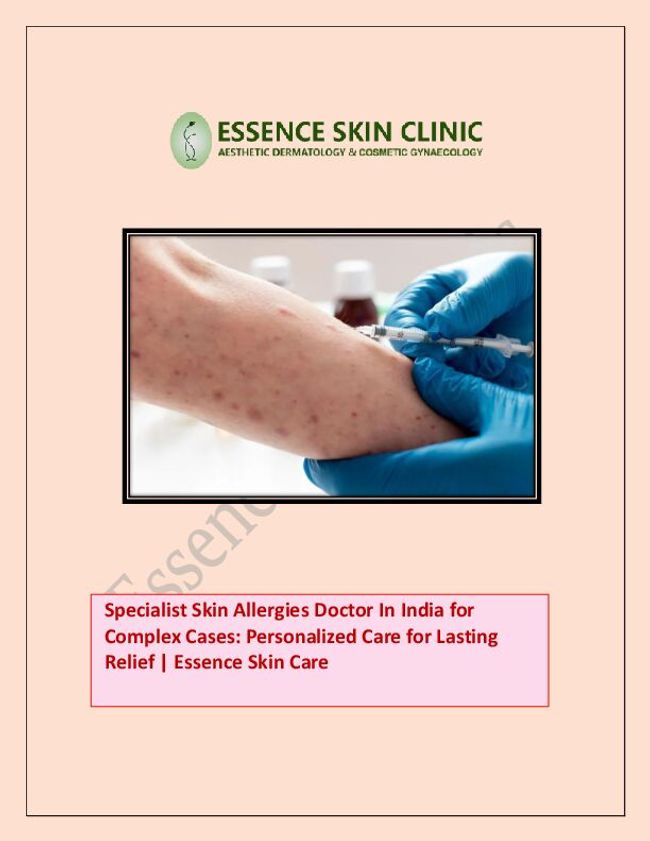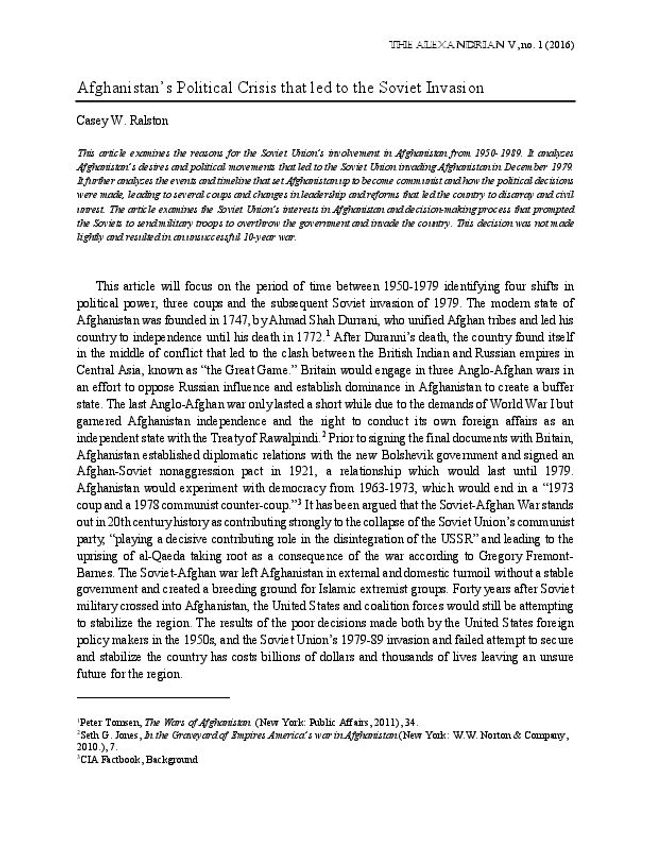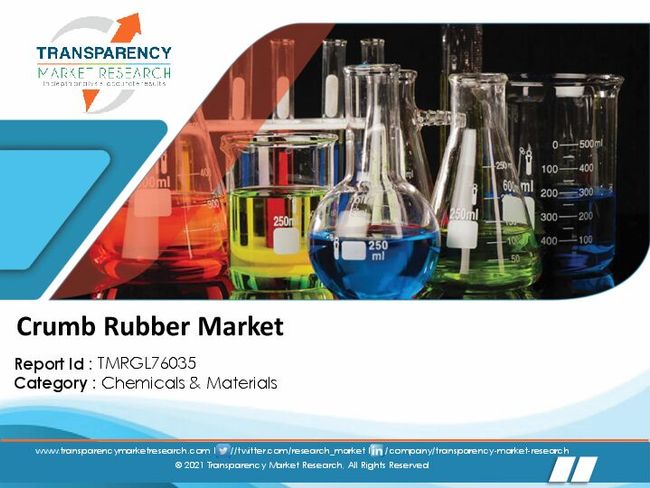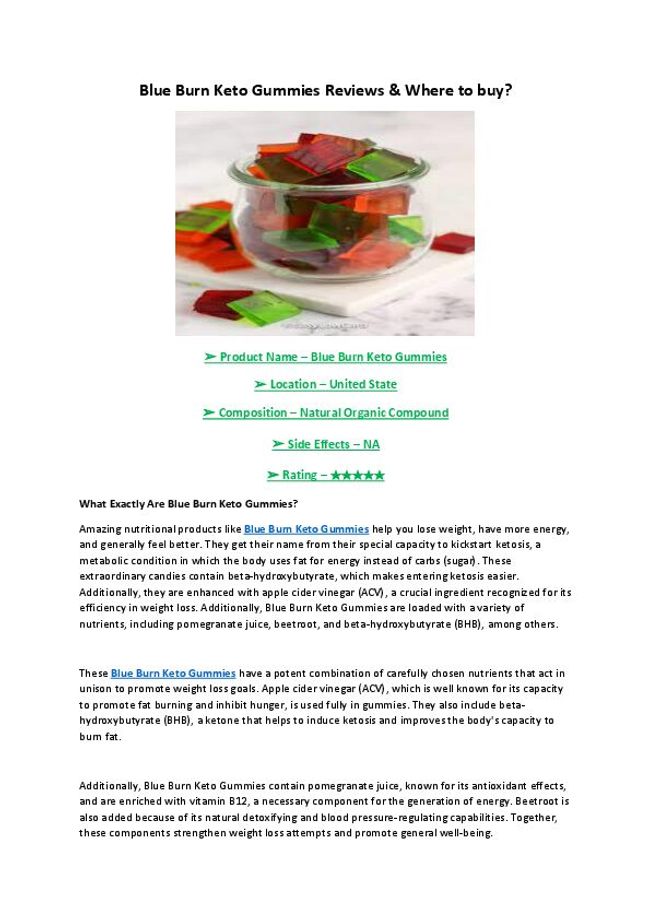Search results (249,262)
Inventing the Social
CC BY-NC-SA
Inventing the Social showcases recent efforts to develop new ways of knowing society that combine social research with creative practice. With contributions from leading figures in sociology, architecture, geography, design, anthropology, and digital media, the book provides practical and conceptual pointers on how to move beyond the customary distinctions between knowledge and art, and on how to connect the doing, researching and making of social life in potentially new ways. Presenting concrete projects with a creative approach to researching social life as well as reflections on the wider contexts from which these projects emerge, this collection shows how collaboration across social science, digital media and the arts opens up timely alternatives to narrow, instrumentalist proposals that seek to engineer behaviour and to design community from scratch. To invent the social is to recognise that social life is always already creative in itself and to take this as a starting point for developing different ways of combining representation and intervention in social life.

4 Things to Consider Before Choosing Memory Care Assisted Living
The Cottages Senior Living
When a loved one shows signs of memory-related disease like Alzheimer's, it can be confusing to find the appropriate care. Finding the right memory care assisted living requires a lot of research and decision-making.

Tonality as Drama
CC BY-NC-ND
This is an analytical monograph by a Schenkerian music theorist, but it is also written by one performer and enthusiast for another. Tonality as Drama draws on the fields of dramaturgy, music theory, and historical musicology to answer a fundamental question regarding twentieth-century music: why does the use of tonality persist in opera, even after it has been abandoned in other genres? Combining the analytical approaches of the leading music and dramatic theorists of the twentieth century--Austrian music theorist Heinrich Schenker (1868-1935) and Russian director Constantin Stanislavsky (1863-1938)--Edward D. Latham reveals insights into works by Scott Joplin, George Gershwin, Kurt Weill, and Aaron Copland that are relevant to analysts, opera directors, and performers alike. Latham reveals a strategic use of tonality in that repertoire as a means of amplifying or undercutting the success or failure of dramatic characters.

Progress and pathology
CC BY-NC-ND
This collaborative volume explores changing perceptions of health and disease in the context of the burgeoning global modernities of the long nineteenth century. During this period, popular and medical understandings of the mind and body were challenged, modified, and reframed by the politics and structures of ‘modern life’, understood in industrial, social, commercial, and technological terms. Bringing together work by leading international scholars, this volume demonstrates how a multiplicity of medical practices were organised around new and evolving definitions of the modern self. The study offers varying and culturally specific definitions of what constituted medical modernity for practitioners around the world in this period. Chapters examine the ways in which cancer, suicide, and social degeneration were seen as products of the stresses and strains of ‘new’ ways of living in the nineteenth century, and explore the legal, institutional, and intellectual changes that contributed to both positive and negative understandings of modern medical practice. The volume traces the ways in which physiological and psychological problems were being constituted in relation to each other, and to their social contexts, and offers new ways of contextualising the problems of modernity facing us in the twenty-first century.

Bewähren sich Bewährungsstrafen?
CC BY-ND
This research/analysis focuses on an empirical analysis of the practical criminal law and the success of suspended sentence. The foundation of the research form data sets from the Bundeszentralregister and the Erziehungsregister. About 120.000 German data sets of stayed prison sentences and stayed young offender sentences are analyzed under the following aspects: the sentence received and if the delinquent reoffends in a period of four years after their sanction. Characteristics of age, gender, nationality and perhaps an existing penal background as well as possible probation service are part of the analysis. Also discussed are connections between relapse and the revocation of the parole. Another chapter deals with the success of the suspended sentences compared to other penalties, i.e. fines and prison sentences up to two years.Die Untersuchung befasst sich mit einer empirischen Analyse der Strafrechtspraxis und des Erfolges von Verurteilungen zu ausgesetzten Freiheits- und Jugendstrafen, den sog. Bewährungsstrafen. Sie widmet sich damit einem Kernstück des modernen Strafrechts. Auf der Grundlage von Datensätzen aus dem Bundeszentral- und Erziehungsregister werden rund 120.000 zu aussetzungsfähigen Freiheits- oder Jugendstrafen Verurteilte aus dem gesamten Bundesgebiet hinsichtlich ihrer konkreten Sanktionierung im Bezugsjahr und einer etwaigen erneuten Straffälligkeit in einem vierjährigen Folgezeitraum untersucht. Besonderheiten hinsichtlich des Alters, des Geschlechts, der Nationalität und der im Register abgebildeten strafrechtlichen Vorgeschichte der Täter werden analysiert, ebenso eine etwaige Unterstellung unter Bewährungshilfe. Vortaten, Bezugstaten und Rückfalltaten werden delikts- und sanktionsspezifisch ausgewertet. Auch nach etwaigen Zusammenhängen zwischen Rückfall und Widerruf der Strafaussetzung wird gefragt. Überblicksartig werden Ergebnisse für einzelne Bundesländer mitgeteilt. Ein weiteres Kapitel befasst sich mit dem Erfolg der Bewährungsstrafen im Vergleich zu anderen, alternativ verhängbaren Sanktionen: den Geldstrafen und nicht ausgesetzten Freiheits- und Jugendstrafen bis zu zwei Jahren. Dabei wird auch problematisiert, ob ein derartiger Vergleich unter alleiniger Heranziehung von Bundeszentralregisterdaten sinnvoll ist.

Private Security in Singapore: What You Need to Know
primoguards
With a reputation for being one of the safest cities in the world, Singapore's security landscape continues to evolve to meet the changing needs of its residents and businesses.

Diagnostic, Prognostic and Predictive Biological Markers in Bladder Cancer – Illumination of a Vision
CC BY-NC-ND
This Special Issue has been introduced with the aim of offering the possibility to publish new research results from old and new pioneers in the field of bladder cancer basic research. While editing this Special Issue we learned that an enormous enthusiasm is necessary to go on in bladder cancer research. In our eyes, bladder cancer is on one hand a very heterogenous malignancy, which is what makes it so difficult to focus on only one bladder cancer marker in bladder cancer diagnostics and follow-up. On the other hand, it is very important to find prognostic and predictive factors for bladder cancer due to its high incidence and its enormous costs, as one of the most expensive malignancies in the world. Finding and developing new bladder cancer markers is still a very dynamic field. Because there are many of these markers, it is impossible to report all of them. This Special Issue attempts to highlight the role of bladder cancer markers in diagnosis, and the most important biomarkers that have been recently studied and reported. This Special Issue highlights some of the most important markers. Further determination of recurrence and progression markers will contribute to establishing better treatments for individual patients. Molecular staging of urological tumors will allow the selection of cases that will require systemic treatment. It is necessary and important to integrate basic and clinical research under the same objectives.
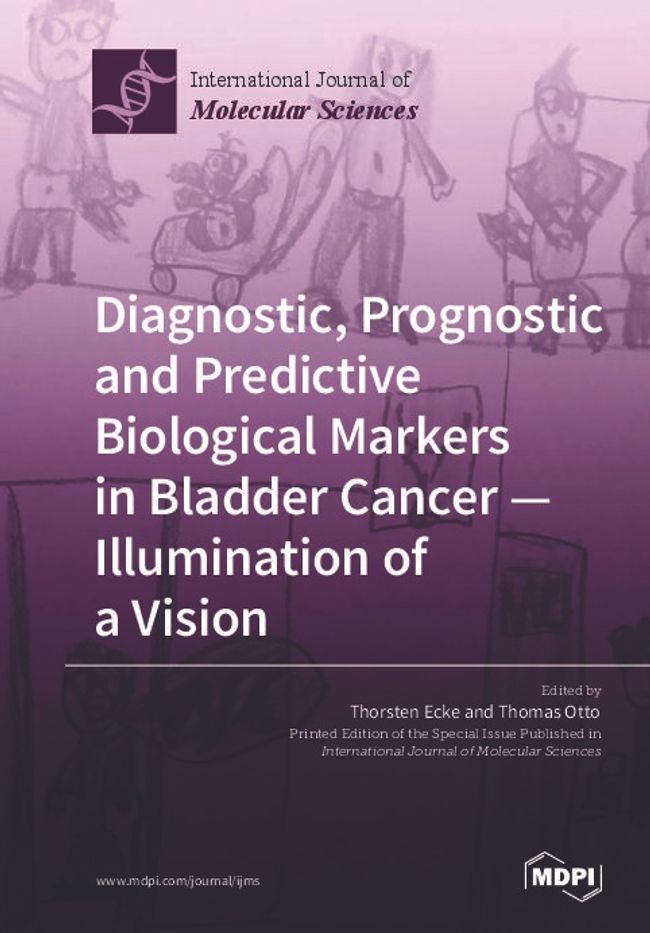
Oratio Pro Jnstauratione Studiorum Jn Collegio Regio Varsaviensi Scholarum Piarum Habita
Golański, Filip Neriusz (1753-1824)
PD-1.0
Adres wyd. na podstawie analizy typogr.

Host-Directed Therapies for Tuberculosis
CC BY
TB is considered as one of the oldest documented infectious diseases in the world and is believed to be the leading cause of mortality due to a single infectious agent. Mtb, the causative agent responsible for TB, continues to afflict millions of people worldwide. Furthermore, one-third of the entire world's population has latent TB. Consequently, there has been a worldwide effort to eradicate and limit the spread of Mtb through the use of antibiotics. However, management of TB is becoming more challenging with the emergence of drug-resistant and multi-drug resistant strains of Mtb. Furthermore, when administered, many of the anti-TB drugs commonly present severe complications and side effects. Novel approaches to enhance the host immune responses to completely eradicate Mtb infection are urgently needed. This Special Issue will therefore cover most recent advances in the area of host-directed therapies for TB.
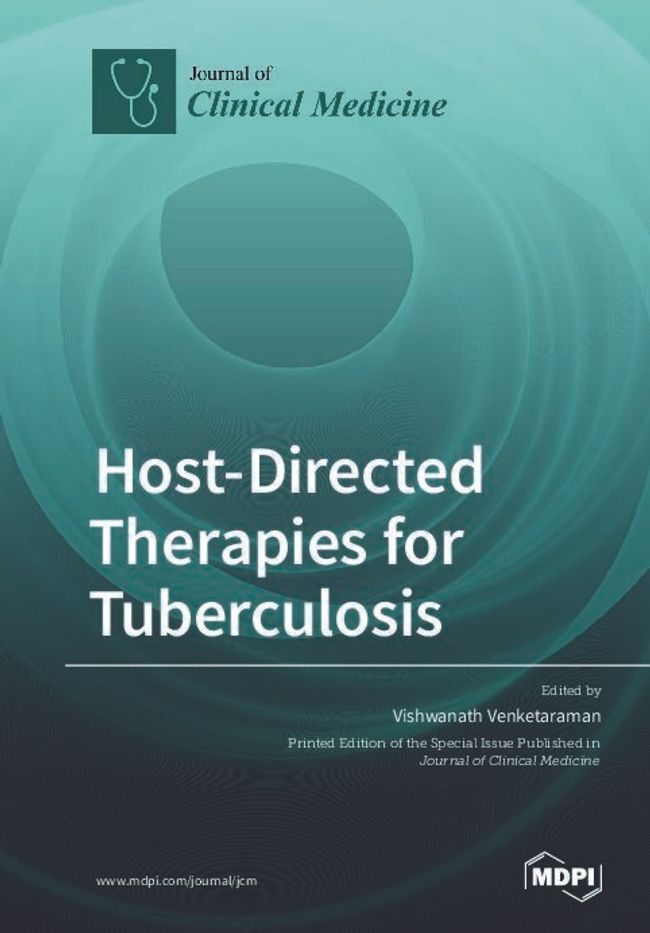
Produksi Biaya Pasang Paving Kota Malang.PDF
Distributor Harga Paving Stone Melayani Pasuruan_revamakaya
Public
Distributor Genteng Kaca Beton Melayani Pasuruan, Call 𝟢𝟪𝟧𝟣-𝟩𝟧𝟤𝟪-𝟧𝟩𝟪𝟪, Makaya adalah Produsen yang melayani berbagai macam kebutuhan Genteng Flat Monier Melayani Pasuruan, Ukuran Genteng Beton Gelombang Melayani Pasuruan, Harga Genteng Beton Ringan Melayani Pasuruan, Harga Genteng Pres Beton Melayani Pasuruan, Genteng Cor Beton Melayani Pasuruan. Kami melayani pengiriman ke berbagai daerah diantaranya Pasuruan, Malang, Singosari, Kota Batu, Kediri, Blitar, Surabaya, Sidoarjo, Probolinggo dan Kota lainnya. Kami Juga melayani Berbagai Macam Pemesanan Genteng Beton dan Paving Block dalam jumlah Besar untuk keperluan Perumahan, Perkantoran, Villa, Gedung, Pembangunan Kampus, Masjid, dan lainnya. #GentengFlatMonierPasuruan, #UkuranGentengBetonGelombangPasuruan, #HargaGentengBetonRinganPasuruan, #HargaGentengPresBetonPasuruan, #GentengCorBetonPasuruan Kami menyediakan berbagai macam kebutuhan : Genteng Beton Genteng Flat Paving Block Kanstin U Ditch Untuk Info Pemesanan : Makaya Beton Call / WA 0851-7528-5788 Call / WA 0851-7528-5788 Call / WA 0851-7528-5788

Master the EXIN VeriSM Foundation Exam: Top Tips and Strategies with Questions
Certfun.com
Kickstart Your VERISMF Exam Prep Here: https://bit.ly/4cQGwYp 🌟 Master Business & Service Management with our detailed guide to the VERISMF certification. This resource offers everything you need: 📚 Included in This Guide: Easy-to-Follow Tutorials Comprehensive Study Materials Practice Tests Exam Details: Questions, passing rates, and time limits. 💡 Why Choose This Guide? Solidify your knowledge and prep effectively with expert tips. Aim for success on your first attempt with strategic preparation. 🚀 Begin Your Path to VERISMF Certification Now! Equip yourself to excel with all the essential exam information.

Bistatic HF Radar
CC BY
The proliferation of HF radar systems for ocean remote sensing and maritime surveillance continues apace, with hundreds of such radars now deployed around the world. The overwhelming majority of these radars operate in the conventional monostatic configuration, with the transmitting and receiving systems collocated or closely spaced; this simple geometry has obvious advantages in terms of cost, siting requirements, communications, maintenance, signal processing, and echo interpretation, and it has been adopted by HF radars exploiting line-of-sight, surface wave, and skywave propagation modalities. All these considerations notwithstanding, in some circumstances there can be compelling reasons to implement bistatic configurations, defined as geometries in which the separation between transmitter and receiver is comparable with the range to the zones being interrogated. Factors that can drive this decision include energy budget, desire to exploit hybrid propagation modes, scattering characteristics of the targets of interest, properties of the clutter, survivability, and covertness. This book, a compilation of papers by leading researchers in the field, offers a panoramic account of the state of the art in bistatic HF radar. Topics covered include system design, HF propagation and scattering, signal processing, echo interpretation, and applications in the maritime domain. Supported with extensive references to the literature, this book should serve as an essential source for practitioners keen to expand the capabilities of their HF radar systems.
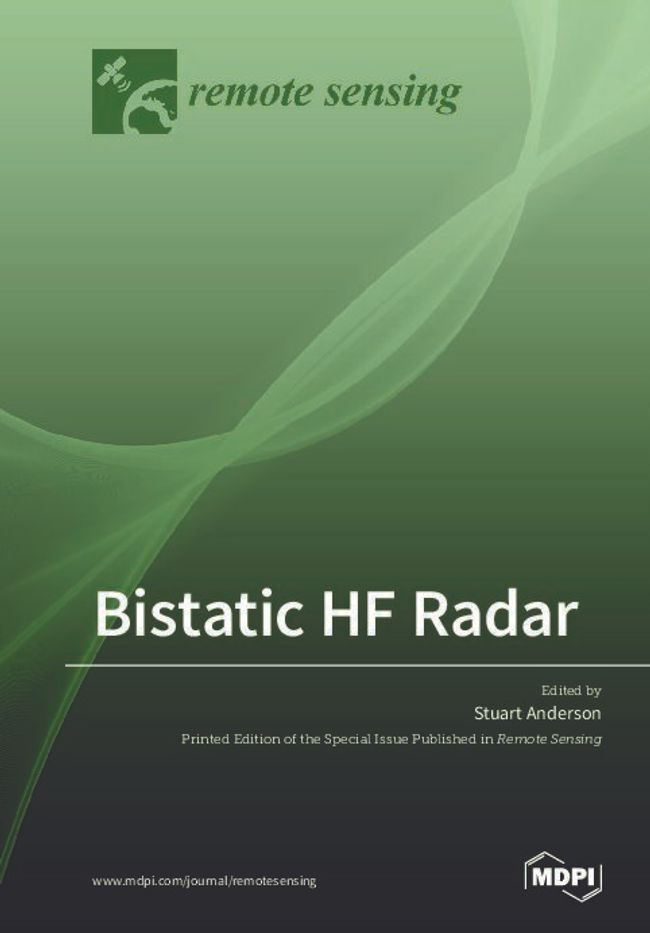
Katastrophen machen Geschichte
CC BY-ND
Naturkatastrophen bedeuten nicht nur momenthafte Zerstörung, die nach erfolgtem Wiederaufbau wieder vergessen ist. Katastrophen haben häufig nachhaltige Auswirkungen auf Politik und Gesellschaft und damit auf die menschliche Geschichte. Sie führen mitunter zu Verordnungen, Institutionenbildung, Politikwechsel und gesellschaftlichem Umdenken, können aber auch Anlass zu Aufbruchstimmung und Fortschrittsoptimismus geben. Durch die aktuelle Diskussion zum globalen Klimawandel hat sich in der Öffentlichkeit ein stärkeres Bewusstsein für die gesellschaftliche Relevanz von Naturkatastrophen entwickelt. Welche Rolle extreme Ereignisse in der Geschichte gespielt haben und welche Strategien zu ihrer Bewältigung in verschiedenen Zeiten wirksam waren, bilden die zentralen Fragen des Sammelbandes. Die Autoren untersuchen neben klassischen Naturkatastrophen auch Seuchen und Schädlingskalamitäten in historischer Perspektive und widmen sich theoretischen Fragen zu deren Genese und Auswirkungen. Der vorliegende Band ist das Ergebnis eines Workshops, der von den Herausgebern im Rahmen des DFG-Graduiertenkollegs „Interdisziplinäre Umweltgeschichte“ unter dem Titel „Katastrophen machen Geschichte – Umweltgeschichtliche Prozesse im Spannungsfeld von Ressourcennutzung und Extremereignis“ am 6. und 7. Mai 2009 in Göttingen veranstaltet wurde.

The Political Economy of Clean Energy Transitions
CC BY-NC-SA
The 21st Conference of the Parties (CoP21) to the United Nations Framework Convention on Climate Change (UNFCCC) shifted the nature of the political economy challenge associated with achieving a global emissions trajectory that is consistent with a climate. The shifts generated by CoP21 place country decision-making and country policies at centre stage. Under moderately optimistic assumptions concerning the vigour with which CoP21 objectives are pursued, nearly every country in the world will set about to design and implement the most promising and locally relevant policies for achieving their agreed contribution to global mitigation. These policies are virtually certain to vary dramatically across countries. In short, the world stands at the cusp of an unprecedented era of policy experimentation in driving a clean energy transition. This book steps into this new world of broad-scale and locally relevant policy experimentation. The chapters focus on the political economy of clean energy transition with an emphasis on specific issues encountered in both developed and developing countries. Lead authors contribute a broad diversity of experience drawn from all major regions of the world, representing a compendium of what has been learned from recent initiatives, mostly (but not exclusively) at country level, to reduce GHG emissions. As this new era of experimentation dawns, their contributions are both relevant and timely.
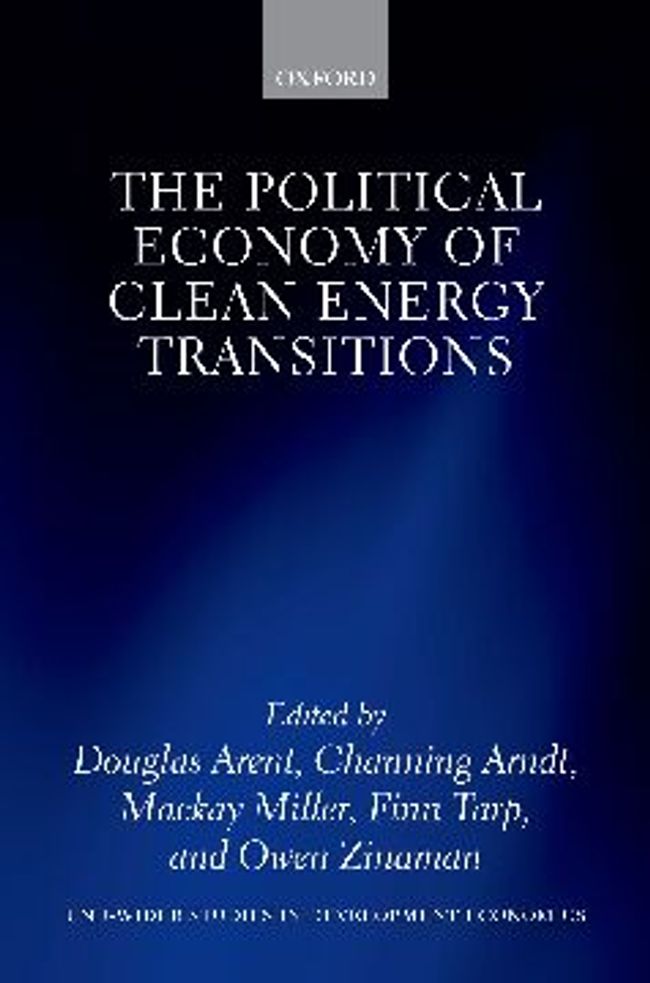
Expert Skin Allergies Doctor in India – Advanced Diagnosis & Effective Treatment | Essence Skin Care
essence skin care
Skin Allergies Doctor In India, Glowing Skin Treatment in India, Advanced Skin Laser Treatment in India, Best Skin Doctor in India,
